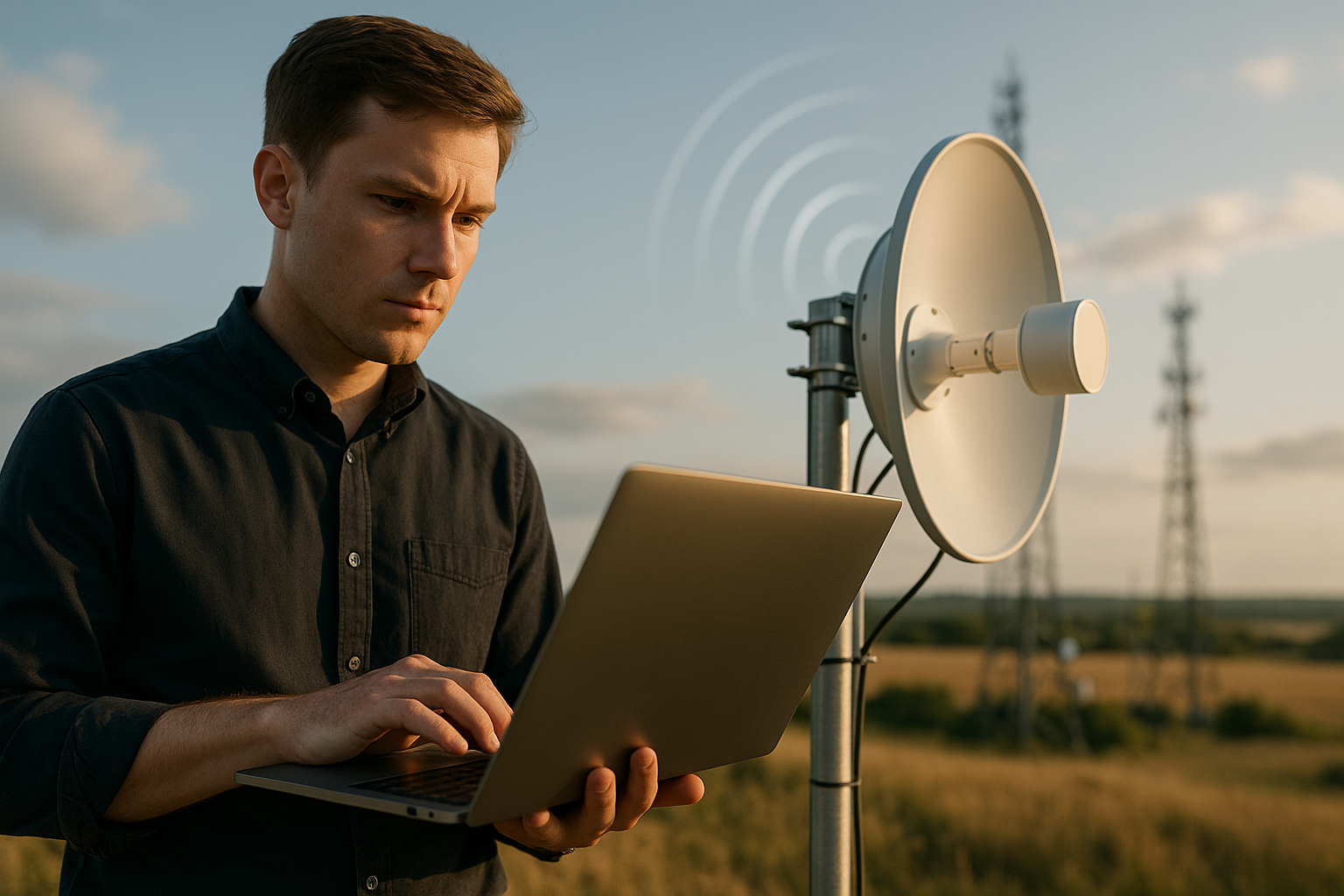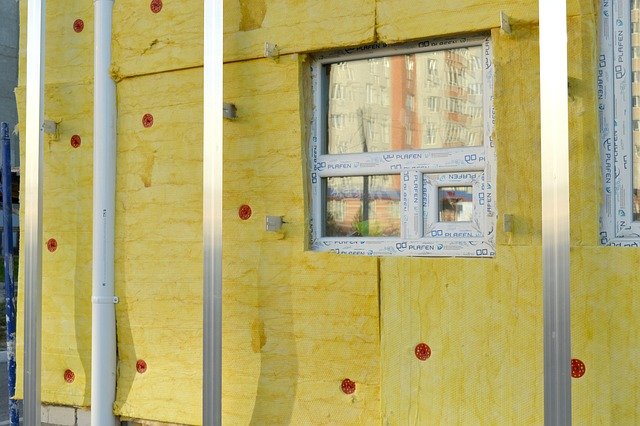Decoding the Potential of Fixed Wireless Access: A Telecom Alternative
The world of telecommunications has constantly evolved, offering innovative alternatives to traditional wired connections. One such technology that has been gaining traction is Fixed Wireless Access (FWA). This article will delve into the intricacies of FWA, its historical context, current trends, and its potential impact on the telecom industry.

The Genesis of Fixed Wireless Access
Fixed Wireless Access (FWA) is not a new concept in the telecom industry. It has its roots in the late 1990s and early 2000s when it was used to provide broadband internet services in areas with limited or no access to wired broadband. FWA uses radio signals to connect a stationary terminal to an internet source, bypassing the need for physical connections like fiber-optic cables.
Fixed Wireless Access in the Modern Telecom Landscape
With the advent of advanced wireless technologies, FWA has evolved to offer high-speed internet connectivity. It is now seen as a viable alternative to traditional broadband, especially in locations where laying physical infrastructure is challenging or cost-prohibitive. According to a recent report by Ericsson, FWA connections are expected to reach nearly 160 million by the end of 2025.
Impact and Challenges of Fixed Wireless Access
FWA has the potential to democratize internet access, enabling connectivity in remote and underserved areas. It can also reduce the time and cost of deploying broadband infrastructure. However, FWA faces challenges such as signal degradation due to weather conditions and physical obstacles, and the need for line-of-sight between the transmitter and the receiver.
Practical Applications of Fixed Wireless Access
Beyond providing internet connectivity, FWA has several practical applications. It can be used in telemedicine for remote patient monitoring, in education for e-learning, and in business for establishing temporary office connections. FWA can also play a pivotal role in disaster management by providing emergency communication services when traditional networks are unavailable.
The Future of Fixed Wireless Access
As wireless technologies continue to advance, the potential of FWA is expected to grow. With the ongoing research in millimeter-wave technology and massive MIMO, FWA could soon offer speeds comparable to fiber-optic broadband. Moreover, the future integration of FWA with other emerging technologies like AI and machine learning could usher in new possibilities in the world of telecommunications.
In a world where connectivity is paramount, Fixed Wireless Access presents a flexible, cost-effective, and rapidly deployable alternative to traditional wired connections. As we navigate the evolving landscape of telecommunications, FWA stands as a testament to the industry’s ability to innovate and adapt to changing needs.




